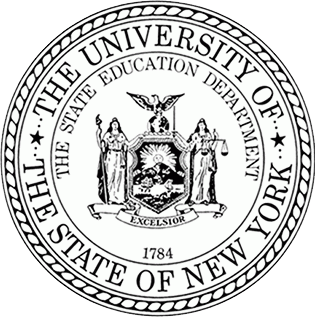 |
THE STATE EDUCATION DEPARTMENT / THE UNIVERSITY OF THE STATE OF NEW YORK / ALBANY, NY 12234 Office of P-20 Education Policy |
The purpose of this memorandum is to update the definition of what is considered “unprocessed” for the purposes of applying the optional geographic preference for procurement in the Child Nutrition Programs.
Section 4302 of Public Law 110-246, the Food, Conservation, and Energy Act of 2008, amended section 9(j) of the Richard B. Russell National School Lunch Act (NSLA) to allow institutions receiving funds through the Child Nutrition Programs to apply an optional geographic preference in the procurement of unprocessed locally grown or locally raised agricultural products. This provision applies to operators of all of the Child Nutrition Programs, including the National School Lunch Program, School Breakfast Program, Fresh Fruit and Vegetable Program, Special Milk Program, Child and Adult Care Food Program and Summer Food Service Program, as well as to purchases made for these programs by the Department of Defense Fresh Program. The law also applies to State Agencies making purchases on behalf of local agencies under any of the aforementioned Child Nutrition Programs.
This statutory provision was implemented by policy memorandum SP 30-2008, Applying Geographic Preferences in Procurements for the Child Nutrition Programs (July 9, 2008), as well as SP 08-2009 Procurement Questions (January 9, 2009) and SP 28-2009Procurement Questions (July 22, 2009). These initial USDA guidance documents specified that the geographic procurement preference option may only be applied to the procurement of unprocessed agricultural products which are locally grown and locally raised and that have not been cooked, seasoned, frozen, canned, or combined with any other products, or have not been chopped, cut, diced or sliced.
After observing the impact of USDA's interpretation of the term “unprocessed” during the past year, USDA determined that their initial guidance was unnecessarily restrictive and had the potential to prevent participating Child Nutrition Program operators from receiving locally grown or raised products in a usable form. Accordingly, USDA recently updated their initial guidance to add that unprocessed agricultural products that have been chopped, cut, sliced, diced or shucked do meet the meaning of the term “unprocessed” as intended by the statute.
At this time, USDA is further amending the previous guidelines regarding what is to be considered to be “unprocessed locally grown or locally raised agricultural products” when applying the geographic procurement preference option. In their view, for purposes of applying a geographic procurement preference in the Child Nutrition Programs, “unprocessed agricultural products” means only those agricultural products that retain their inherent character. The effects of the following handling and preservation techniques shall not be considered as changing an agricultural product into a product of a different inherent character: cooling, refrigerating, freezing; size adjustment through size reduction made by peeling, slicing, dicing, cutting, chopping, shucking, and grinding; drying/dehydration; washing; the application of high water pressure or “cold pasteurization”; packaging (such as placing eggs in cartons) and vacuum packing and bagging (such as placing vegetables in bags); butchering livestock, fish and poultry; and the pasteurization of milk.
USDA is drafting a proposed rule to address the geographic preference provision. The definition set forth in this memorandum will remain in effect until a final rule becomes effective.
Please do not hesitate to contact your representative at (518) 473-8781 or cn@nysed.gov if you have questions about this memorandum.



